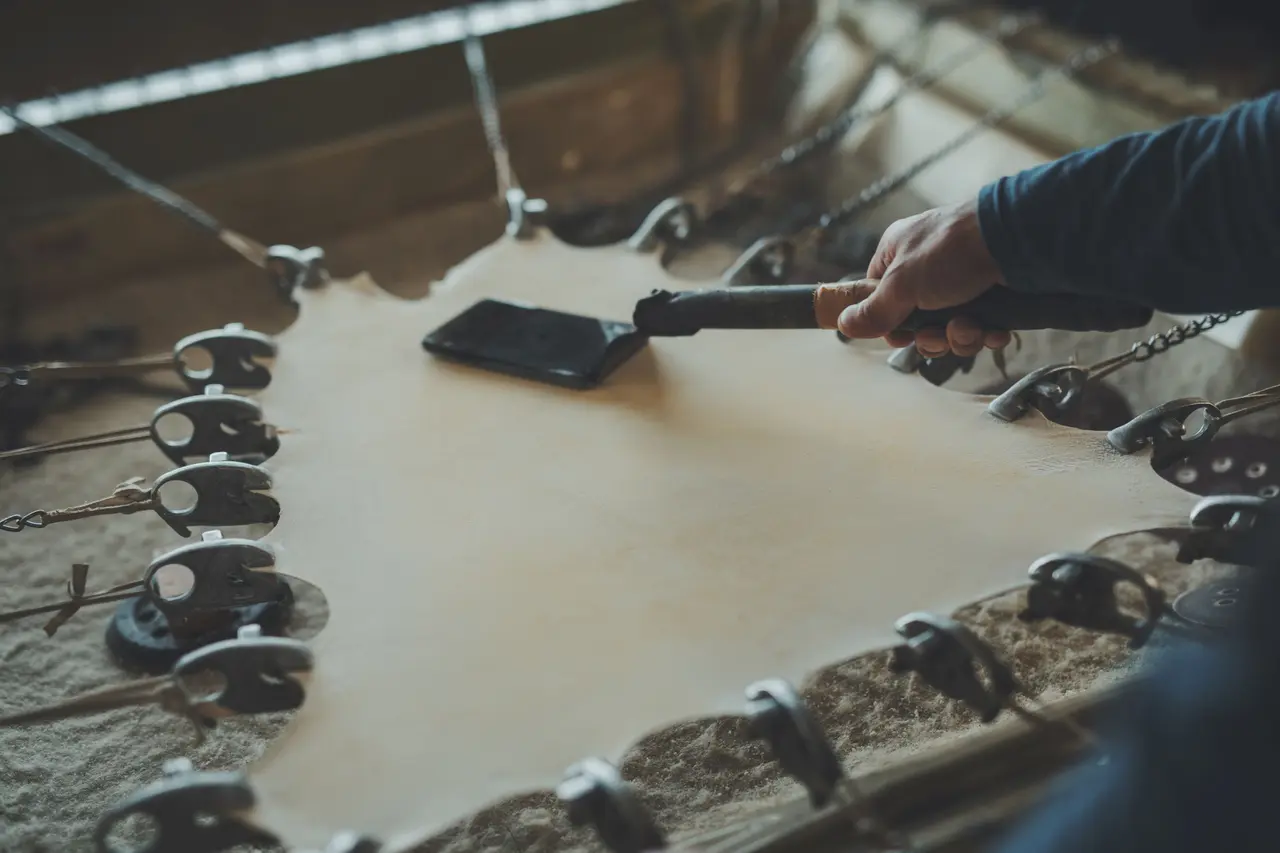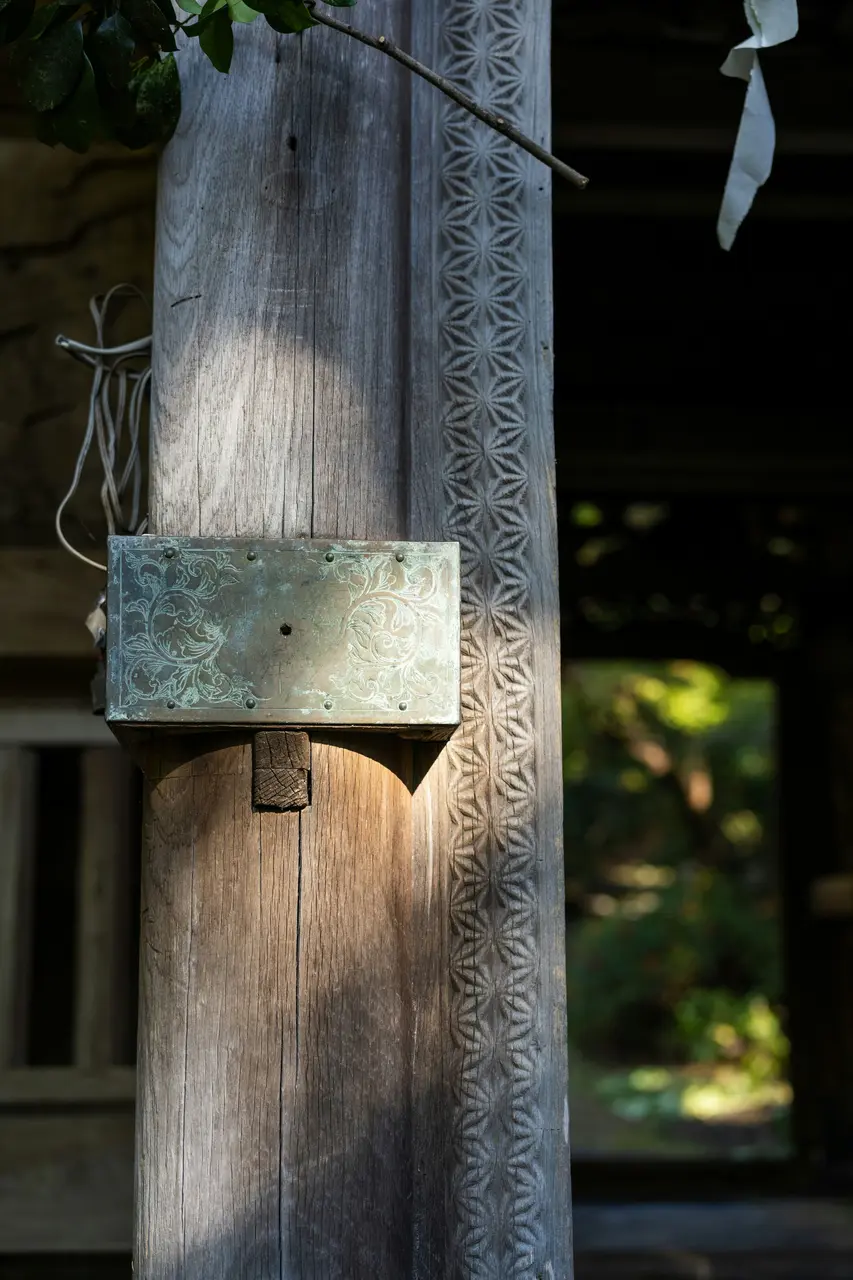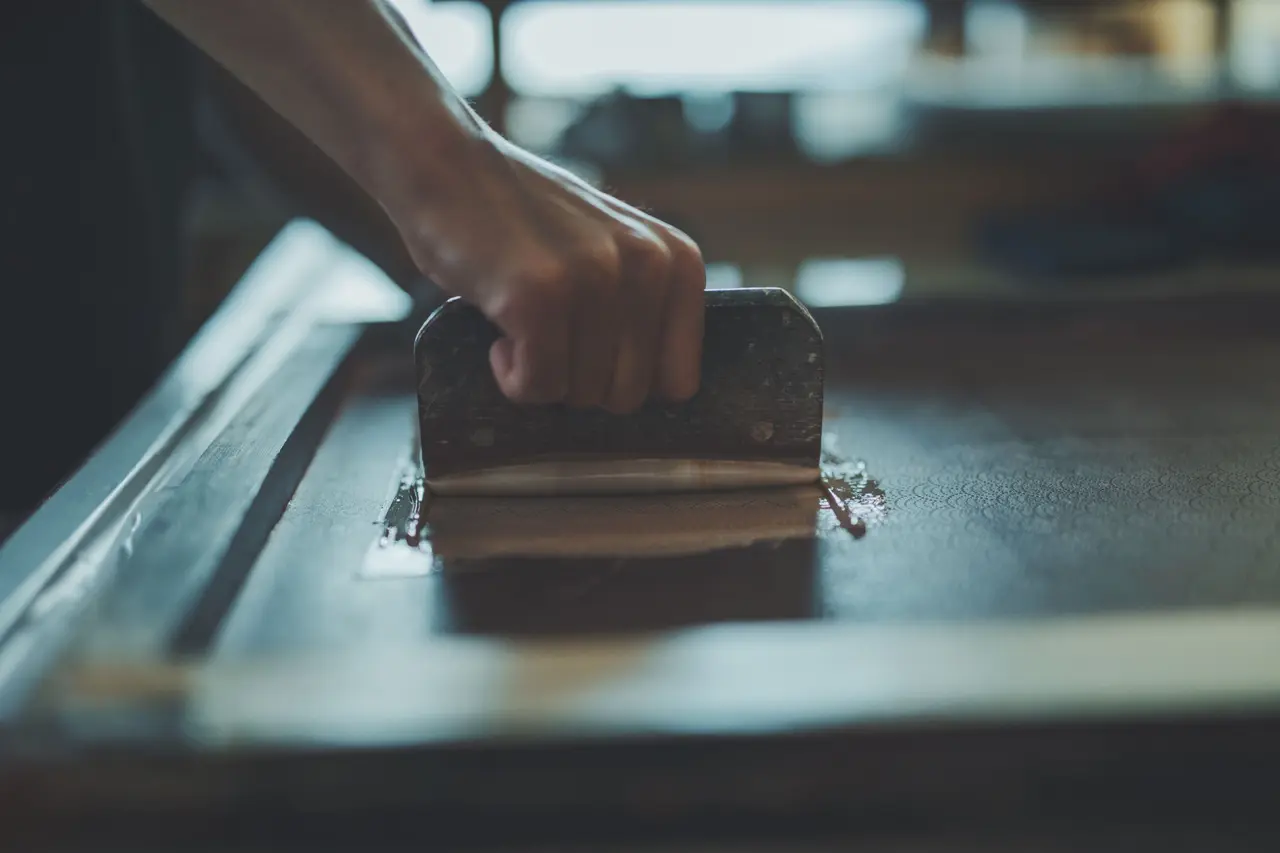
Discovering the Beauty of Japanese Traditional Crafts: Featuring INDEN
Share
Japanese traditional crafts are a wonderful blend of history, artistry, and culture. Among these crafts, INDEN stands out for its unique techniques and beautiful results. In this blog post, we’ll explore the meaning of INDEN, its history, and how it connects to the broader tapestry of Japanese craftsmanship.
What is INDEN? An Introduction to the Craft
INDEN is a traditional Japanese craft that involves the intricate process of dyeing leather, creating unique and stunning patterns and textures. This art form represents more than just a skill; it embodies the spirit of craftsmanship and the story of the materials used, particularly the prized deerskin. The meticulous care taken in both dyeing and design results in pieces that are not only functional but also aesthetically captivating.
At the heart of INDEN is the careful selection of natural materials. The leather is carefully tanned, resulting in a soft and supple texture that lends itself beautifully to intricate designs. These designs are often inspired by nature, incorporating motifs like cherry blossoms, waves, and other symbols deeply rooted in Japanese aesthetics. This connection to nature enhances the overall appreciation of each piece.
Artisans begin each INDEN project with a deep respect for their craft, emphasizing the significance of traditional techniques. With each stroke of lacquer applied by hand, they imbue their work not just with color, but with meaning and a piece of history. In creating INDEN, craftsmen pass down their wisdom, ensuring that this beautiful art form continues to thrive for future generations.
A Brief History of INDEN: From Edo to Modern Times
The roots of INDEN trace back to the Edo period in Japan, where it played a vital role in both everyday life and the fashion of the time. Initially, INDEN was primarily used to create decorative elements for samurai armor, showcasing not only the status of the wearer but also the artistry of the craftsmen. As fashion evolved, so too did the applications of INDEN, expanding into accessories and everyday items for all classes.
During the Edo period, the craftsmanship of INDEN was meticulously refined, with artisans perfecting their techniques and passing them down through generations. This commitment to tradition created a foundation that allowed INDEN to flourish, even amid periods of societal change. However, as Japan modernized, the market for traditional crafts faced significant challenges, forcing artisans to adapt while keeping their cultural heritage alive.
Today, INDEN is celebrated not only as a craft but as a cultural heritage that encapsulates the spirit of Japan. Modern artisans have found ways to incorporate contemporary designs while remaining true to the traditional methods that define INDEN. This balance ensures that the craft continues to resonate with new audiences while preserving its rich history—creating a legacy that honors both the past and the future.
The Art of Craftsmanship: Techniques Behind INDEN
Creating INDEN is no small feat; it requires a deep understanding of dyeing techniques and careful craftsmanship. One of the key components is the special method of applying lacquer to the deerskin. The lacquer is carefully mixed with natural pigments to achieve vibrant colors, and artisans hand-apply it in layers, allowing each layer to cure before adding the next. This meticulous process results in raised patterns that add texture and depth to the final product.
Moreover, the design process in INDEN is equally intricate. Artisans often start with sketches inspired by nature or traditional motifs, ensuring that each piece is both aesthetically pleasing and culturally significant. Once the design is completed, it is transferred to the leather using stencils or freehand techniques. The precision required at this stage speaks volumes about the skill and dedication of the artisan.
An artisan’s workshop is often a sanctuary of creativity, filled with tools that have been used for generations. These tools, whether it be the brushes for lacquer or the instruments for cutting leather, are an extension of the artisan themselves. The environment fosters a respect for materials that encourages a direct connection between the craftsman and their work, ensuring that each piece carries the essence of the person who made it.
Exploring the Variety of INDEN Products
From bags to wallets, INDEN craftsmanship produces a range of beautiful products that blend functionality with artistry. Each item tells a story reflected in its design and material choices. For instance, INDEN coin purses often feature colorful, seasonal motifs, making them not just practical accessories, but also pieces of art worthy of display.
One of the standout items in the INDEN collection is the INDEN bag, which fascinates with its versatility. These bags can be used casually or for formal occasions, adapting to various settings while maintaining their unique charm. With different sizes and patterns available, there’s something for everyone to appreciate. This variety showcases how INDEN is not merely a relic of the past but a living art form.
Moreover, each INDEN product is imbued with the artisan’s personal touch, ensuring that no two pieces are exactly alike. This uniqueness adds to the appeal and makes each item feel special. Whether you’re looking for a gift or a personal treasure, choosing an INDEN piece is about more than just acquiring an object; it’s about connecting to a tradition and embracing the craftsmanship that went into its creation.
Why INDEN Matters Today: Cultural Significance and Preservation
As we live in a fast-paced world, the importance of preserving traditional crafts like INDEN cannot be overstated. This craft intertwines with the cultural identity of Japan, allowing artisans to express their heritage through their work. In a time where mass production often overshadows artisanal methods, INDEN serves as a reminder of the beauty of handmade items and their significance in cultural continuity.
Efforts to promote INDEN have gained momentum, with exhibitions and workshops showcasing its beauty and craftsmanship. Organizations dedicated to preserving traditional arts are engaging younger generations, encouraging them to learn the skills necessary to keep this craft alive. Through educational initiatives, the stories and techniques of INDEN are being shared, ensuring that they remain vibrant in contemporary society.
Ultimately, the relevance of INDEN today goes beyond aesthetics; it represents a profound connection to the past while inspiring future creativity. Each INDEN product carries with it a narrative of dedication, artistry, and a passion for craftsmanship. By supporting INDEN, we not only appreciate the individual pieces but also contribute to the continuation of a historical art form that celebrates the essence of Japanese culture.
Embracing the Artistry of INDEN
In conclusion, the beauty of INDEN not only lies in its craftsmanship but also in the stories and traditions it carries. By embracing these traditional arts, we not only preserve a part of cultural heritage but also find inspiration in their beauty and practicality. Exploring Japanese traditional crafts truly enriches our understanding of art and its purpose in our lives.



